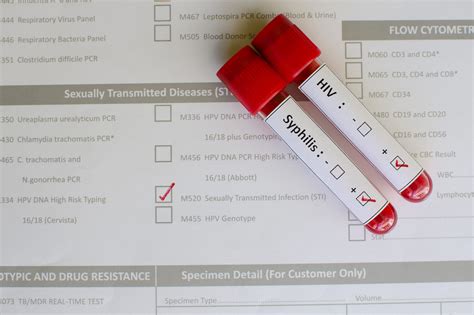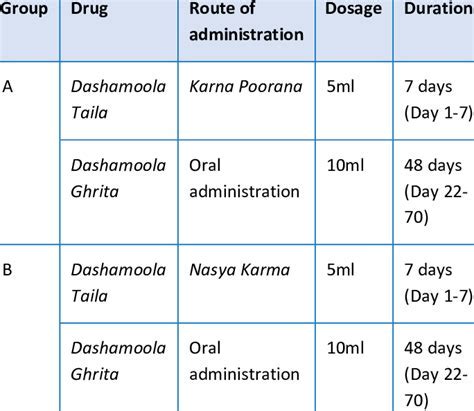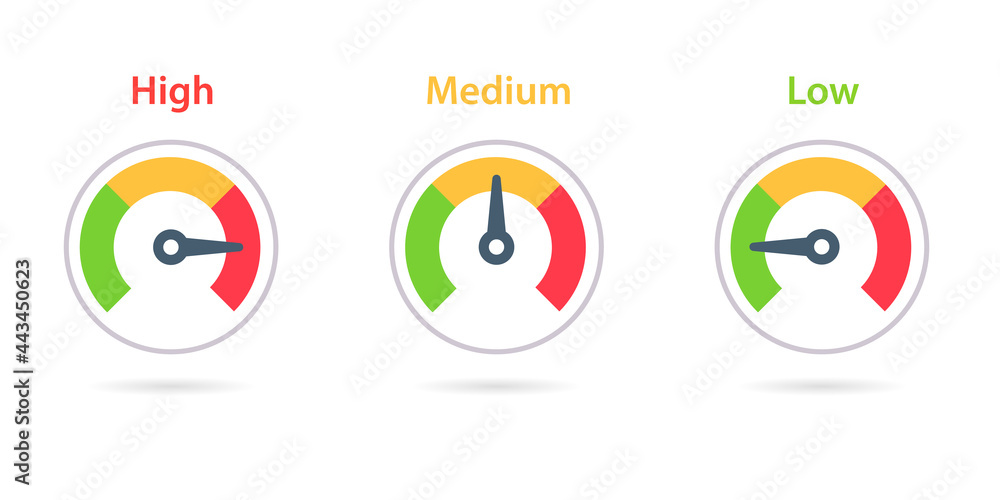Understanding the importance of knowing one’s status when it comes to sexually transmitted diseases (STDs) is crucial for both personal health and the well-being of one’s partners. STDs, also known as sexually transmitted infections (STIs), can have serious consequences if left untreated, including infertility, certain types of cancer, and an increased risk of HIV infection. The first step in managing and preventing the spread of STDs is getting tested.
Why Get Tested?
Getting tested for STDs is a simple and straightforward process that can provide individuals with peace of mind and essential information about their health. Many STDs do not exhibit noticeable symptoms, especially in the early stages, which is why they are often referred to as “silent” infections. For instance, chlamydia, one of the most common STDs, can be asymptomatic in up to 90% of cases among women and 50% among men. The lack of symptoms does not mean the infection is harmless; untreated chlamydia can lead to pelvic inflammatory disease (PID), infertility, and increased susceptibility to HIV.
Types of STD Tests
The type of test required depends on the suspected STD. Healthcare providers may recommend a combination of tests to determine the presence of multiple STDs. Common tests include: - Urine Tests: Used for chlamydia and gonorrhea. - Blood Tests: Can detect HIV, syphilis, and herpes. - Swab Tests: Collect samples from the genitals, anus, or throat to detect infections like gonorrhea and chlamydia. - Physical Exams: Visual inspections for symptoms of STDs like genital warts or herpes sores.
Preparation for STD Testing
Preparing for an STD test involves honest communication with your healthcare provider about your sexual history, including the number of sexual partners you have had, the types of sexual contact you have engaged in, and whether you have used protection. It’s also important to discuss any symptoms you are experiencing, even if they seem minor. For some tests, you may need to avoid urinating for a couple of hours before the test or refrain from douching or using vaginal creams that could affect test results.
Understanding Your Test Results
When you receive your test results, it’s essential to understand what they mean. A negative result means that the test did not detect any STDs. However, it’s crucial to remember that no test is 100% accurate, and some tests may not detect infections in their early stages. A positive result indicates the presence of an STD, and your healthcare provider will discuss treatment options with you. Many STDs can be treated with antibiotics, but viral infections like HIV and herpes require management and suppression of symptoms rather than a cure.
What to Do If You Test Positive
If your test results show that you have an STD, the first step is not to panic. Most STDs are treatable, and with the right care, you can manage your infection and prevent future complications. It’s crucial to follow your healthcare provider’s advice on treatment and to inform your sexual partners so they can also get tested and treated if necessary. This step is critical in preventing the spread of the infection and in maintaining healthy relationships.
Preventing STDs
While getting tested is a vital part of maintaining sexual health, preventing STDs is equally important. The most effective way to prevent the transmission of STDs is by using condoms consistently and correctly during sexual activity. Limiting the number of sexual partners and engaging in sexual activity with partners who have been tested and are known to be STD-free can also reduce risk. Vaccines are available for certain types of HPV and hepatitis B, both of which can be sexually transmitted.
Conclusion
Knowing your STD status is the first step in taking control of your sexual health. It allows you to make informed decisions about your well-being, to protect your partners, and to seek treatment if necessary. Despite the importance of STD testing, there remains a stigma surrounding the topic, which can deter individuals from seeking the care they need. It’s crucial to remember that STDs can affect anyone, regardless of age, background, or sexual orientation, and that getting tested is a sign of responsibility and care for one’s health.
How often should I get tested for STDs?
+The frequency of STD testing depends on your sexual activity. If you are sexually active, it is recommended to get tested at least once a year. More frequent testing may be necessary if you have multiple partners, are in a non-monogamous relationship, or if you are engaging in high-risk sexual behaviors.
Can I get an STD from oral sex?
+Yes, it is possible to contract STDs through oral sex. infections like gonorrhea, chlamydia, herpes, and HIV can be transmitted through oral sexual contact. Using protection, such as dental dams or condoms, can significantly reduce this risk.
Are all STDs curable?
+Not all STDs are curable. Bacterial infections like chlamydia, gonorrhea, and syphilis can be treated and cured with antibiotics. However, viral infections such as HIV, herpes, and HPV are not curable but can be managed with treatment to suppress symptoms and reduce the risk of transmission.



